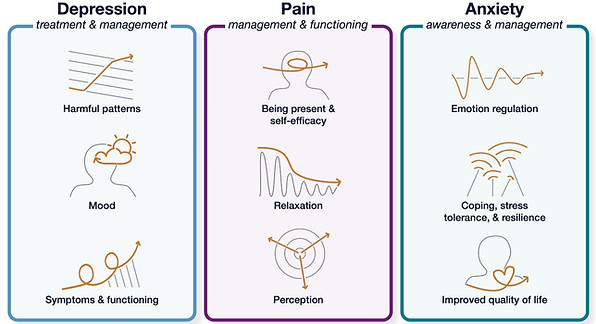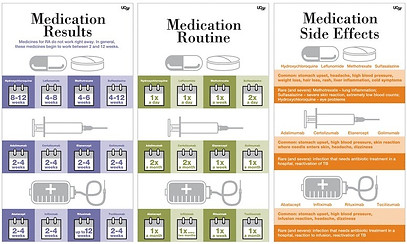
Design Work
This is a sampling of my professional design work.
To see more, please reach out.
Four Flags
What: Four flags representing heavily researched data on abortion and the impacts of it being banned, within the recent historical context of the US.
Why: The current generation of young adults only knows a world in which the rights of people of childbearing age have been continuously limited instead of expanded. The goal of this work is to cut through the noise and present the facts.
Kids' Coping Cards
What: Physical Cards to help kids overcoming traumatic events to process moments of intense stress and anxiety.
Why: Clinical research supports these methods
of processing and visualization, and kids benefit from physical tools they can keep with them and use in-the-moment.
Aspen Labs & VHA:
Leading Innovation
What: Materials designed for workshop leading innovation within complex health systems.
Why: Leading information goes well beyond tools
and templates to recognizing the structures behind
the scenes that support success.

Music Therapy
Information Graphics
What: Series of graphics used to educate
a general audience about the science and
practice of music therapy.
Why: Created in collaboration with the
Sound Health Network to promote the
incredible work that they do.

Aspen Labs Method Cards
What: Set of cards developed to support
project-based Human Centered Design training.
Why: Empower professionals to
apply HCD to their daily work.

ADAPT for Rheumatoid Arthritis
What: Interactive patient symptom and medication dashboard developed through iterative prototyping
with patients and providers.
Why: Improve outcomes for Rheumatoid Arthritis patients through a patient- and provider-centered dashboard.

UCSF Recognize
What: Recognition website, with integration to other enterprise applications, rolled out to 24,000 employees.
Why: Increase recognition and gratitude
behavior amongst employees by making
it both easy and meaningful.

Helix for hereditary cancer care
What: Design of patient data management
in a way that prioritizes patients' needs.
Service and technology product roadmap
and blueprint to accompany new CRM.

Project Lantern for transgender care
What: Series of multimedia (print, video, space) materials educating health care decision-makers about the needs and goals of members of the transgender community.
Why: Guide Kaiser Permanente to provide expansive patient- and family-centered care and coverage for transgender individuals.

Project Move
What: Design and implementation of clinical services and digital media to support patient behavior change
Why: Connect people to the right resources
for them when they're motivated and ready
to become more physically active.

Decision-Aids for
Arthritis Treatment
What: Print and digital decision-aid cards
for arthritis patients, families, and providers.
Why: Enable honest, shared decision-making
between patients and their clinicians.



